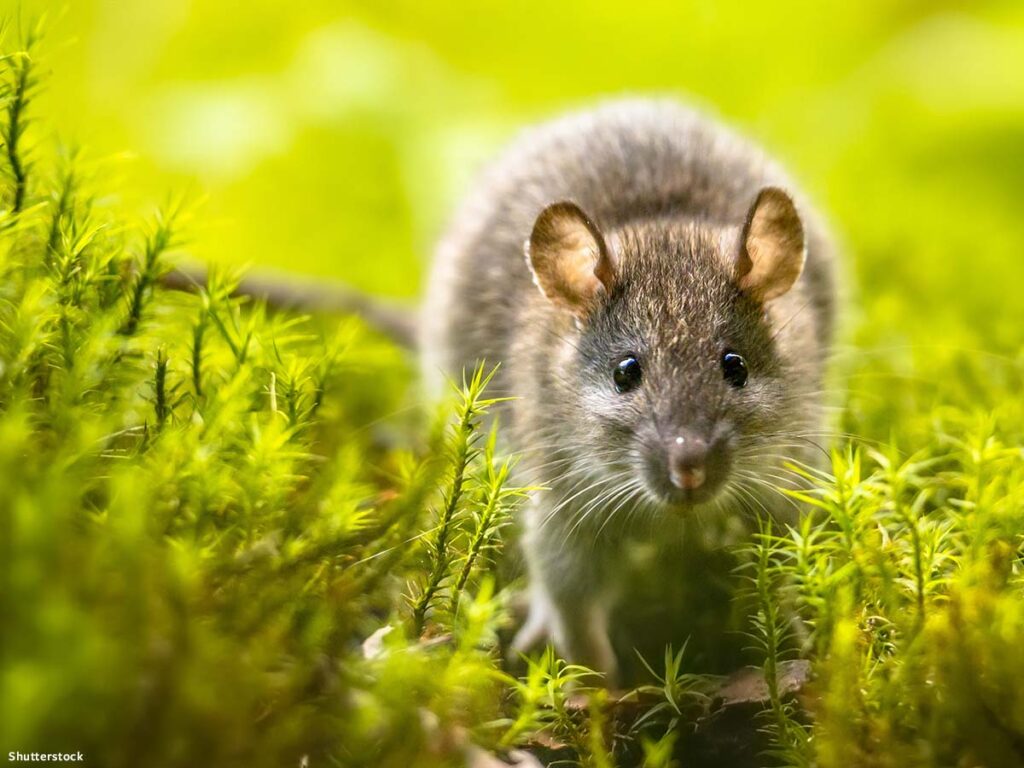Older homes exude charm and character, offering a glimpse into architectural history and timeless craftsmanship. However, along with their unique appeal come certain challenges—among them, the persistent problem of rodent infestations. Mice and rats are particularly attracted to older homes, drawn by structural vulnerabilities, outdated materials, and entry points that newer constructions typically lack. Understanding the root causes of rodent infestations and implementing effective solutions is crucial for preserving both the integrity and safety of your living space.
Why Older Homes Are Particularly Vulnerable to Rodents
Structural Vulnerabilities in Aging Homes
Older homes often suffer from wear and tear, making them susceptible to rodent invasions. Common vulnerabilities include:
-
Cracks in Foundations and Walls
Over time, foundational materials such as concrete and brick can develop cracks. These small gaps serve as ideal entry points for rodents, especially mice, which can squeeze through openings as small as a dime. -
Deteriorating Roofs and Attics
Roof rats are notorious for invading attics. Missing shingles or damaged roof tiles in older homes provide easy access, allowing rodents to nest comfortably in the insulation. -
Aging Plumbing and Electrical Systems
Outdated plumbing and wiring systems can create unintended rodent pathways. Rats, especially Norway rats, are known for navigating through sewers and old pipes to find entry into homes.
Outdated Construction Materials
Older homes often lack modern pest-proofing measures. Materials like untreated wood, aging insulation, and outdated weatherproofing offer rodents ample opportunities to infiltrate and thrive.
-
Pipes as Rodent Highways
Plumbing systems in older homes may have poorly sealed connections, enabling rodents to crawl through vent pipes or weak joints. -
Inferior Sealing Techniques
Unlike modern homes, which benefit from advanced sealing methods, older homes often feature loose-fitting windows, doors, and vents, leaving more entry points for pests.
Common Rodents in Older Homes
-
House Mice
These small, quick rodents can adapt easily to indoor environments, reproducing rapidly once they find food and shelter. -
Norway Rats
Larger and more destructive, Norway rats are burrowers that can undermine structural stability and gnaw through various materials. -
Roof Rats
Known for their preference for elevated spaces, roof rats are a significant threat to homes with aging roofs or poorly sealed attic spaces.
How Rodents Gain Access to Older Homes
- Small Openings and Gaps
Rodents exploit even the tiniest cracks or gaps in walls, plumbing, and foundations. - Chimneys and Vents
Unscreened chimneys and ventilation systems provide direct pathways for rodents into living areas. - Poorly Sealed Windows and Doors
Doors and windows in older homes may no longer close tightly, creating accessible entry points.
Recognizing the Signs of a Rodent Infestation
- Droppings and Urine Marks
Rodent droppings are a clear indicator of infestation. Look for them near food storage areas or along walls. - Gnaw Marks and Chewed Wires
Rodents gnaw on materials to keep their teeth from growing too long. Chewed wires and packaging are common warning signs. - Nocturnal Noises
Scratching or scurrying sounds in walls or ceilings at night often signal rodent activity. - Nests and Burrows
Rodents build nests using shredded materials like paper or fabric. Discovering these nests usually means an infestation is underway.
Risks Posed by Rodents
- Health Concerns
Rodents carry diseases such as hantavirus, salmonella, and leptospirosis, which can spread through their droppings, urine, or saliva. - Structural Damage
Rodents chew on wood, insulation, and even concrete, compromising your home’s structural integrity. - Fire Hazards
By gnawing on electrical wiring, rodents can cause short circuits, increasing the risk of a fire.
Preventing Rodent Infestations in Older Homes
-
Seal Entry Points
Inspect your home for cracks, gaps, and other openings. Use caulk, steel wool, or weatherproof seals to block these access points. -
Maintain Cleanliness
Store food in airtight containers and clean up crumbs or spills immediately. Regularly declutter spaces like basements and attics to remove potential nesting sites. -
Inspect Vulnerable Areas
Conduct routine checks of attics, basements, crawl spaces, and plumbing to identify and address potential entryways.
Managing Rodent Infestations
Traps and Baits
- Types of Traps
Snap traps, glue traps, and live traps are effective options for catching rodents. Place them in high-traffic areas identified by signs of activity. - Safe Use of Rodenticides
Always follow safety guidelines when using rodenticides to avoid harm to pets or children.
Professional Pest Control Services
- Expert Solutions
Professionals can conduct thorough inspections, identify infestation points, and apply targeted treatments for long-term solutions. - Eco-Friendly Options
Many pest control companies now offer safe, environmentally friendly solutions to protect your home and family.
Protecting Your Home’s Legacy
While older homes provide character and charm, their structural quirks often make them inviting to rodents. By addressing vulnerabilities, maintaining cleanliness, and seeking professional help when needed, you can ensure your home remains a safe and pest-free haven. Proactive measures not only safeguard your living environment but also preserve the unique history and beauty of your home for years to come.


